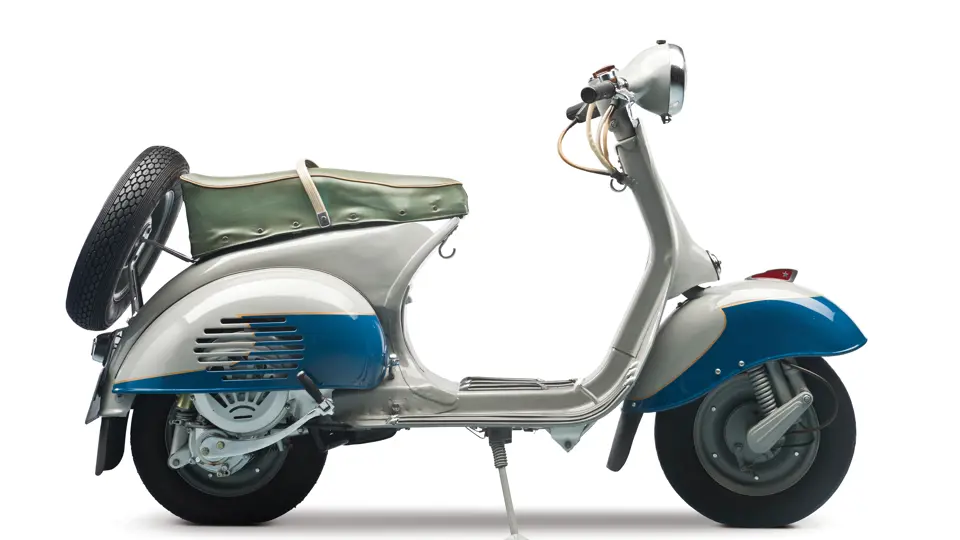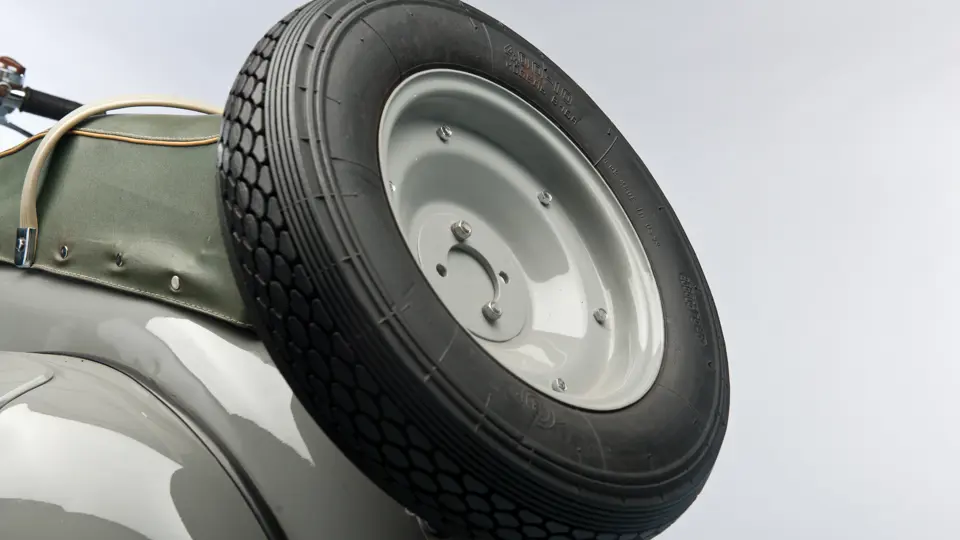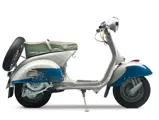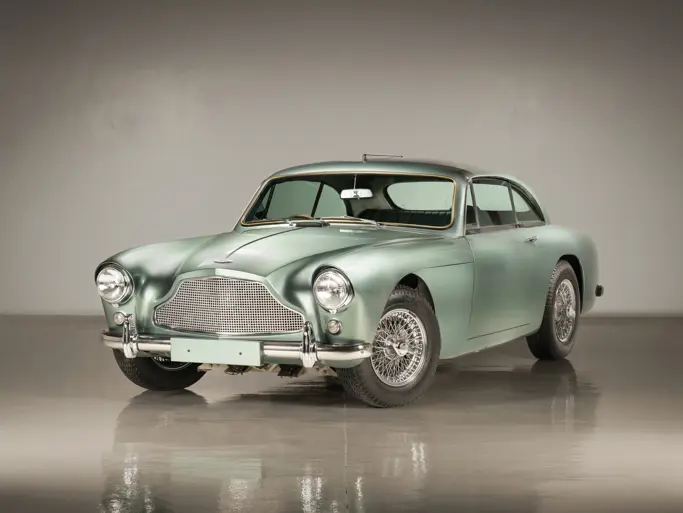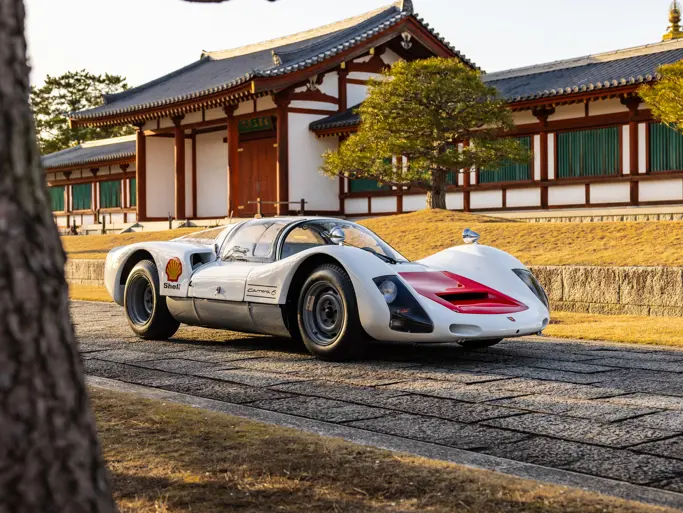A Russian interpretation of the famed Vespa.
SPECIFICATIONS
Manufacturer: Vjatskie Poljary Mechaniceski Zavod
Origin: Oblast-Kirov, USSR
Production: 290,467
Motor: VPMZ 1-cyl, 2-stroke
Displacement: 147.9 cc
Power: 5.5 hp
Length: 5 ft. 6 in.
Identification No. A76484
In 1955, the Five-Year Plan was “to intensify the production of cars and motorcycles.” VPMZ, having previously built 450,000 gramophones, was ordered to build scooters. Under severe time constraints, the company looked about for the best Western-made product: the 1954 Vespa VL1. They would build a copy that would combine the economical motor with the chassis and the tall wheels of the GS model, which were better suited to Russian roads. By the end of the year, 10 prototypes had been hand-built under enormously difficult conditions. For example, of 10,000 employees, only one had a motorcycle license.
In the summer of 1956, the Vjatka 150 was announced in the press, yet Vespa was unable to sue over the blatant plagiarism, as Russia did not recognize patent law. They could only hold ineffectual protests. By 1957, there were enough tools and 1,668 were built the first year. The scooter was a success, and by 1962, 100,000 had been built.
Overtly, the differences between the Vespa and the Vjatka are the Cyrillic badge, a slightly different tail, and a lower quality of finish. Looking closely, nothing is exactly the same, sometimes differing only by millimeters. The Vespa “clone” was built until 1966. Having been restored in grey with a green seat and blue fender accents, this example exhibits better finish and presentation than it would originally, but it still retains its distinctly Russian identity.





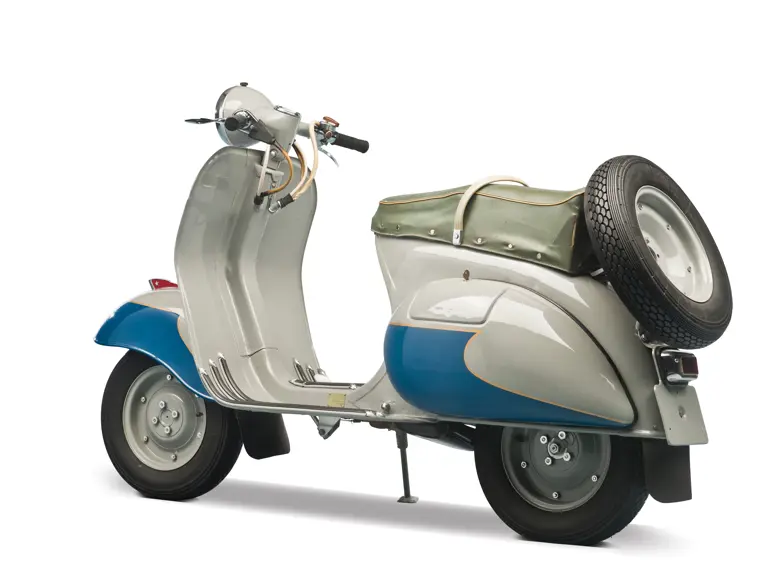
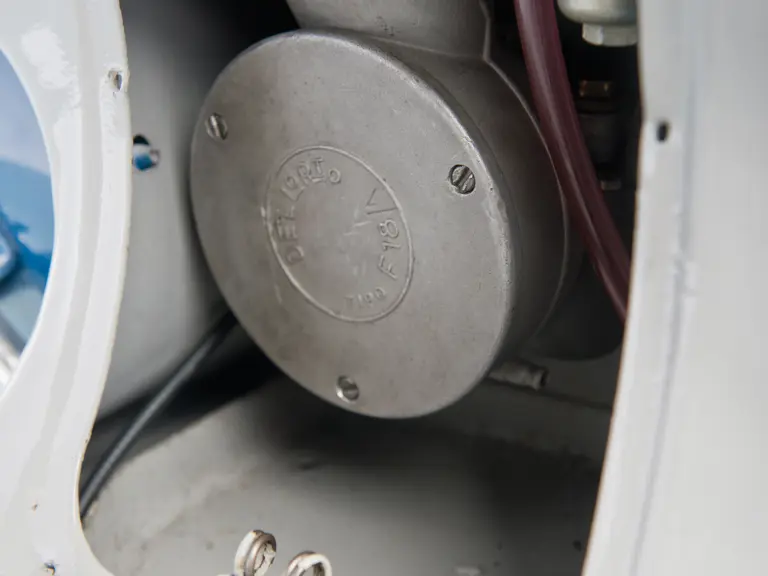
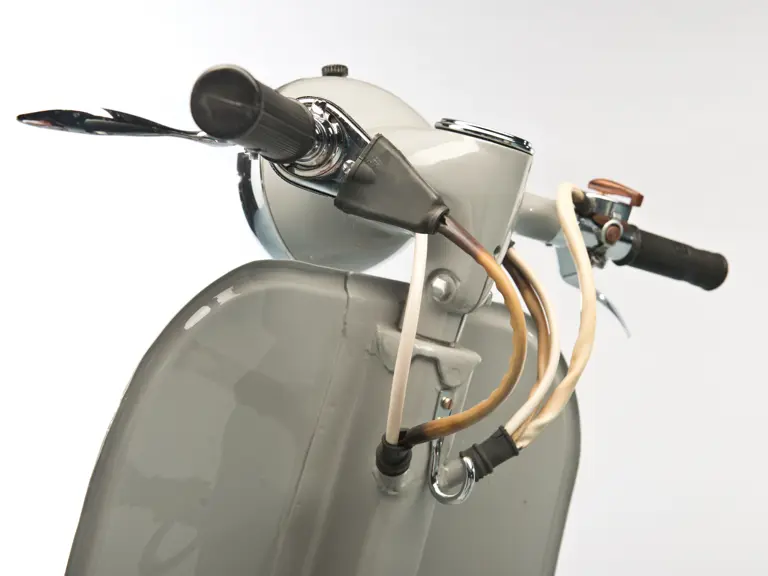


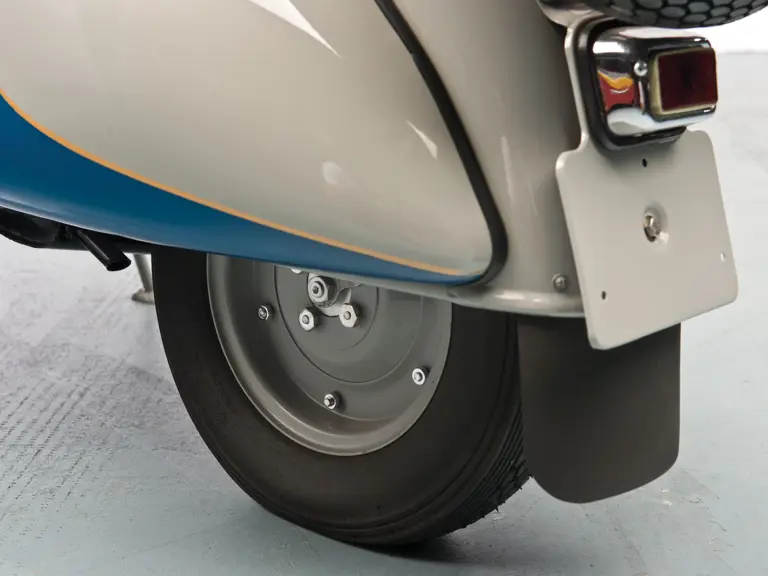

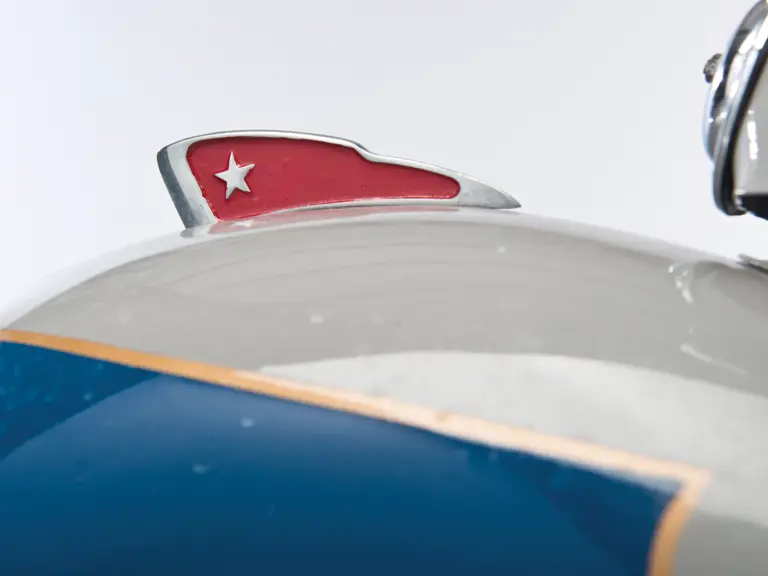
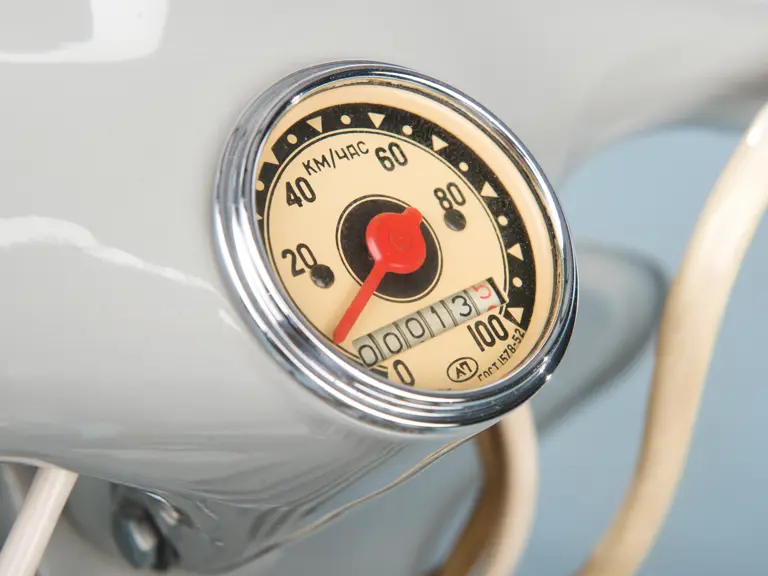


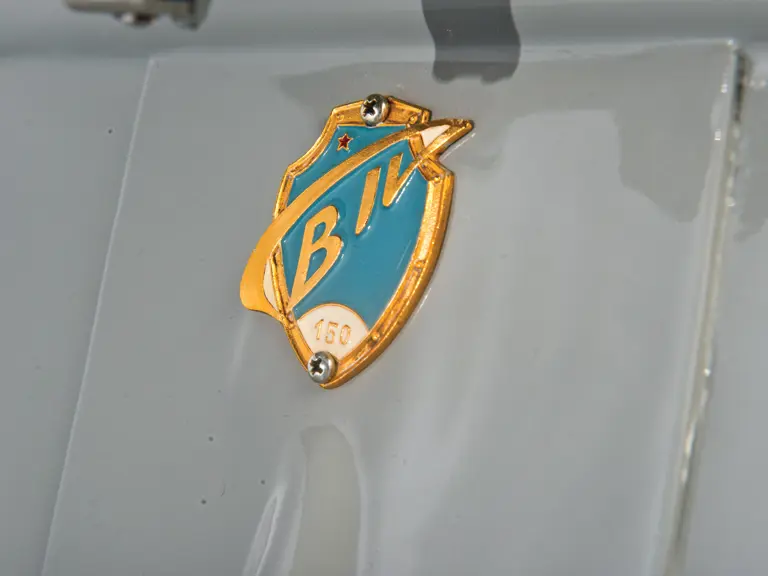

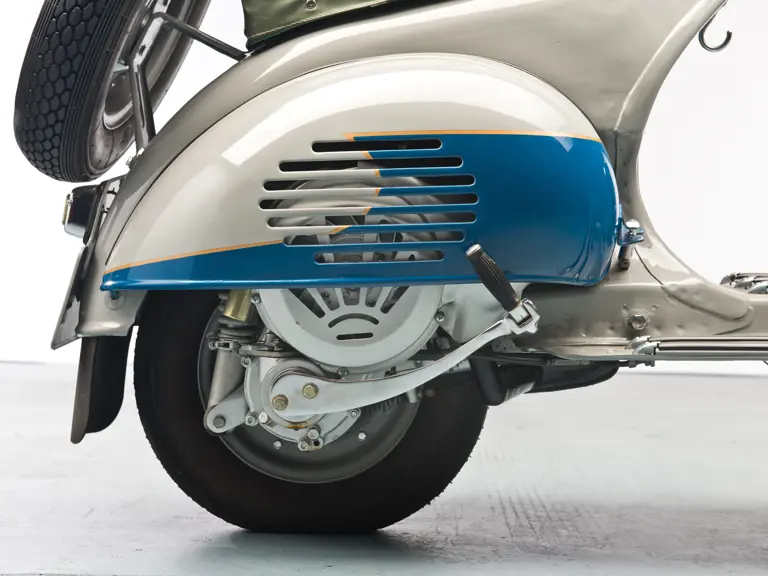

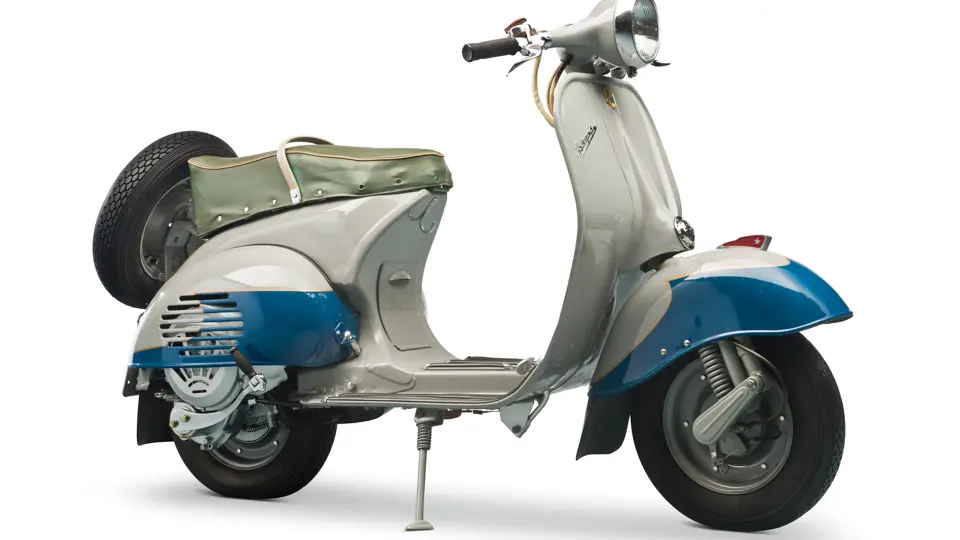
 | Madison, Georgia
| Madison, Georgia
